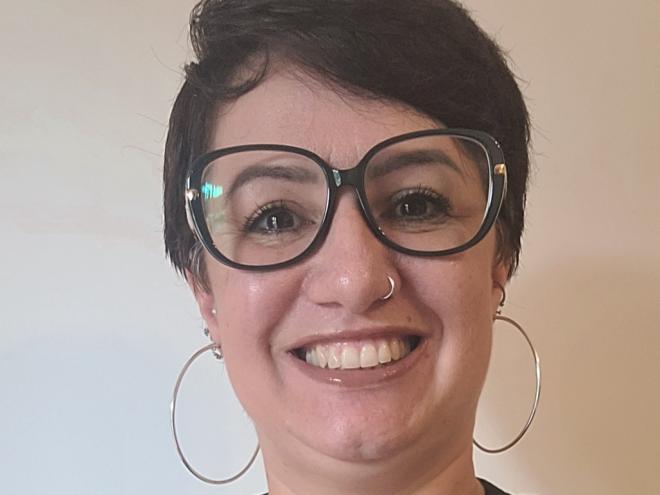March 27, 2022 | 13:00
Women in Science: What legacy do we want to leave?
Rosangela Iwasei *
What do the names Katie Bowman, Rosalind Franklin and Florence Sabine have in common? Katie Bowman is a young scientist who has managed to provide the first image of a black hole. Rosalind Franklin contributed to the discovery of the three-dimensional shape of the DNA molecule. It is responsible for image 51, which is the first image of the double helix shape of the molecule. On the other hand, Florence Sabine conducted research and made important discoveries about the human body, being the first woman to hold a chair of medicine at a university.
In Brazil, until the 1980s and 1990s, when women began to participate more actively in research, this field was almost exclusively male. Currently, although there has been a significant increase in the presence of females in research fields, many are facing double shifts, among other responsibilities usually attributed to them. This led to the idea that mentors would not have enough time to take care of research projects and the students they were mentoring. Recently, a group of zoologists, an area of biology that focuses on far fewer females, wrote an article in response to criticism in Nature Communications that women should have male guides, or else they could interfere negatively. in training researchers.
According to the National Council for Scientific and Technological Development, CNPQ, women already account for 43% of researchers in Brazil, and according to the United Nations, this figure drops to 30% globally. However, even with the increase in the number of women in science and the promising scenario for the future, they are still unable to advance to prominent positions, with some rare exceptions. Females make up less than 10% of the members of the Brazilian Academy of Sciences.
Even in this hostile environment,
women win
More and more space in
Several regions previously
customized for men
Even in this hostile scenario, women are increasingly taking up their space in several areas, formerly attributed to men. They have increasingly become involved in technology and health courses, offering a range of opportunities to other women, as inspiration. In this context, the School plays an essential role in sparking curiosity in students, demonstrating science, technology and research pathways, as well as stimulating interest in research fields. There is no education without research, because it is an important component of the teaching and learning process.
While boys are motivated from an early age with building blocks and spaceships, and can be firefighters, scientists, and police officers, girls are still limited by choices that are traditional in the female world. Children should be encouraged to choose toys because while playing and imitating reality, they are preparing for the future. Girls should, from an early age, have the right and incentive to imagine themselves as scientists, engineers, and astronauts. Limiting children’s choices limits their creativity.
As a way to encourage more women’s participation in science, the United Nations established International Women’s Day in Science, which is celebrated on February 11. This eleventh may be more than a day on the calendar of memorial dates. I hope it is a day for all of us, as educators, parents and society, to reflect on our role in this legacy.
* Biology teacher at Colégio Positivo.
Note: The signed articles do not necessarily express the opinion of Diário do Aço . newspaper
Found a bug, or want to suggest a news item? Talk to the editor: [email protected]

“Hardcore beer fanatic. Falls down a lot. Professional coffee fan. Music ninja.”






More Stories
The law allows children and adolescents to visit parents in the hospital.
Scientists pave the way for the emergence of a new element in the periodic table | World and Science
Can dengue cause hair loss? Expert explains how the disease affects hair